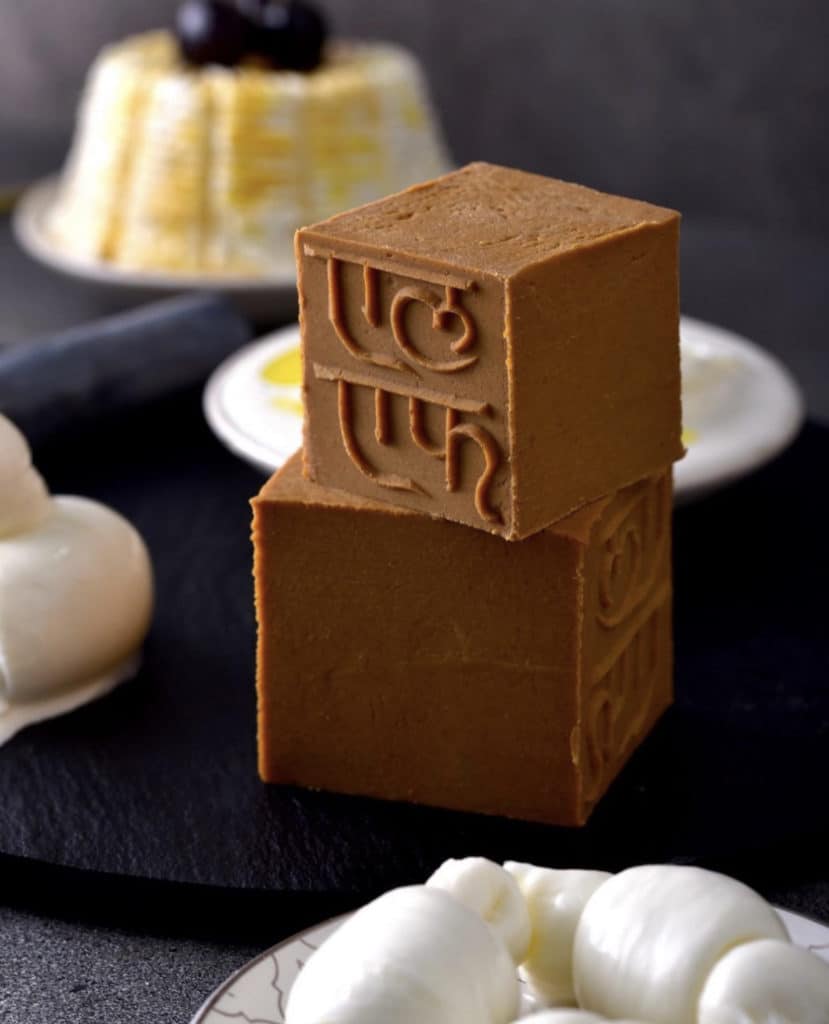
The 2021 World Cheese Awards in Oviedo, Spain, represented several firsts for India. It was the first time an Indian cheese had been entered in the prestigious competition; that cheese, a version of Norwegian Brunost embossed with a Hindi script from Mumbai cheesemaker Eleftheria, won a Silver medal. It was the first time an Indian cheese expert had been invited to serve on the 250-person judging panel. Mansi Jasani, owner of the Cheese Collective, a shop in Mumbai, also had a coveted spot on the 16-member Super Jury that chose the World Champion Cheese.

With 58 million dairy cows—more than twice the number in the European Union—India is the world’s largest producer of milk. Most of it is consumed in tea and coffee, or used to make yogurt and paneer (the latter of which is technically not a cheese, since its production process doesn’t require culture or rennet). There are a few native cheeses, including the mozzarella-like kahlari, traditionally produced by nomadic shepherds in the Himalayas; and bandel, a cheese introduced to the Goa region by Portuguese settlers. However, most cheese production in India is for the commercial market and fast-food restaurants. The country’s collective palate has been slow to embrace European-style wheels and wedges, and it is only in the last few decades that artisan makers have found a foothold.
One of the first was Mukund Naidu, who beginning in 1991, pioneered European-style cheesemaking at Caroselle, founded by Italian-American expat Patrizia Norelli-Bachelet. It was here, in the hillside city of Kodaikanal, where Naidu turned out the first India-made parmesan, romano, pasta filata mozzarella, provolone, emmentaler, gouda, and more. He has since mentored dozens of Indian cheesemakers, including Eleftheria founder Mausam Jotwani. “The concept of artisan cheese didn’t really exist in India, and many chefs didn’t know how to use it in a dish,” says Naidu. “People are still hesitant to try these traditional cheeses, so we are dependent on chefs who know how to showcase them.”
Among other cheesemakers Naidu has advised is the Spotted Cow Fromagerie in Mumbai, whose owners began making cheese in their basement about 10 years ago. Today, their impressive catalogue offers numerous takes on classic European styles, including fresh and ashed-rind goat cheeses; and the cleverly named Bombrie, Camembay, and Tomme de Bombai, inspired by Tomme de Savoie. It helps artisan makers to use familiar-sounding cheese names. “The challenge in creating a new product is that the Indian consumer is familiar with gouda, edam, cheddar, and mozzarella, so producers have been forced to use those names,” says Naidu. He mentions La Ferme, a creamery near Pondicherry, whose owners named one of their cow’s milk cheese Lofabu. “It’s a brilliant cheese but the Indian consumer could not connect with it at first.” Old Hill Foods in the Himalayas bridges the gap by making familiar cheeses infused with Indian spices, such as cheddar with fenugreek and gouda with Himalayan paprika.
While there is a growing interest in these cheeses, only about five percent of India’s total cheese production is artisan, according to Naidu. Just as in the US, however, the pandemic has ultimately been beneficial to small cheesemakers. “People are looking for healthier options…they are slowly moving away from processed industrialized products,” he says. “It’s going to take some time because India is the second-largest population in the world.” Naidu points to China and Japan—where appetites for cheese have grown—as nearby potential markets for Indian cheese. “Over the next five to six years, I think we’re going to see a sea change in the way cheese is made in India. If we put the processes and systems in place to meet the safety and hygiene standards—as is required by law—I think Indian cheesemakers can put their stamp on the world.”



